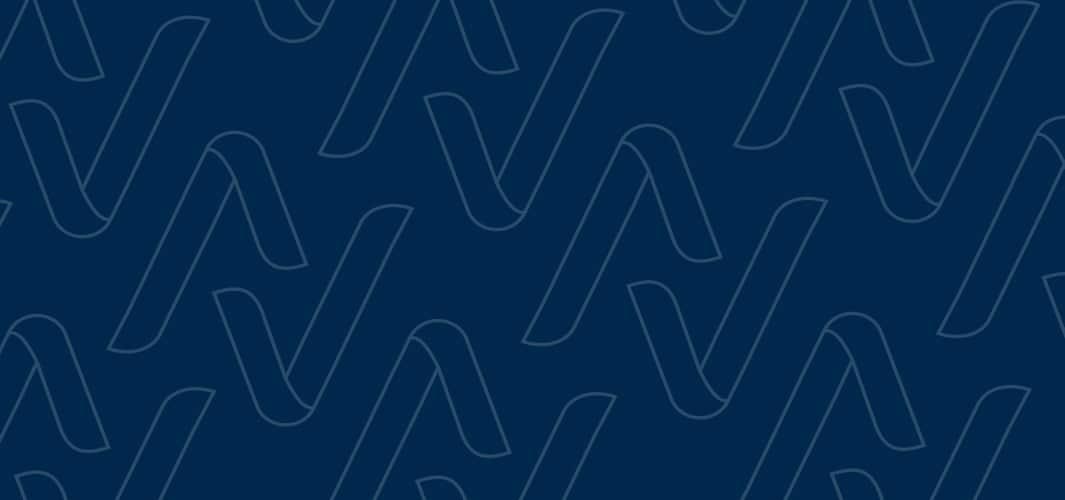
Discovering that you’re employing an excluded individual can happen even to the most meticulous in the healthcare industry. How you address this mistake is another thing altogether. Properly addressing the issue means understanding what Self-Disclosure entails. The Self-Disclosure Protocol (SDP) can actually benefit a company that has an excluded individual or provider, so here is a synopsis of important points to guide you through the process in order to take advantage of this opportunity should the need arise.
It is interesting to note that out of the $50+ million collected in 2016 as a result of fraud and abuse by healthcare providers, only approximately 18% was attributed to Civil Monetary Penalties. The vast majority were attributed to provider self-disclosures. The provider or individual themselves realized they were not in compliance with OIG regulation and reported themselves. Furthermore, out of the $8 million worth of fines collected from entities that employed excluded parties, a mere 16% came from CMPs. The overwhelming $6.7 million came from PSDS.
What this means is that the vast majority of companies that become aware of exclusion breaches are proactive in self-disclosing, taking advantage of the convenience and benefits of the SDP
Taking a Closer Look at Compliance
As most health providers are aware the OIG of the HHS published the Provider Self-Disclosure Protocol (SDP) in 1998. These protocols were created to regulate and streamline a methodology for healthcare providers to freely find, disclose, and settle cases of potential fraud involving the Federal healthcare programs. These rules made it easier for healthcare providers to self-disclose.
Benefits of Disclosure
There are several reasons to cooperate with OIG. For example:
- The OIG has generous policies towards good faith disclosures. Essentially, cooperation implies an understanding and appreciation for the compliance program. For this reason, OIG has a permissive exclusion authorities policy to help resolve SDP cases. More than 234 SDP cases were resolved through settlements in which the disclosing parties were released from the permissive exclusion without requiring integrity measures.
- Organizations that comply with the SDP pay lower multipliers than usual.
- Cooperation with the OIG accelerates processing time. The submission timeframe has also been changed to 90 days from the initial submission, significantly reducing processing time and costs.
As you can see, self-disclosure can aid in the smoother, more cost-efficient, and less detrimental processing of these cases.
Requirements for All Disclosures

Disclosure process is as follows:
- Submit the disclosure through OIG’s website form or by mail to Grantee Self-Disclosures. Faxed submissions are not acceptable.
- The submission must include:
- Basic information about the company that is self-disclosing including health care provider’s type and ID numbers, name, address, and government payers to which the disclosing party submits claims or documentation that states the disclosing party doesn’t submit claims.
- Some sort of clear explanation clarifying the relationship between the disclosing party and the corporation by which it is contained. This written or diagrammed relationship should include all departments and divisions related and affected by the claim.
- All relevant information about the legal agent dealing with the self-disclosure. This should include name, address, telephone number, and email.
- A full explanation of the infringement that contains any issues with claims, transactions, or general misbehavior, as well as the time frame of the disclosure and any parties affected by these misdeeds.
- A breakdown of which laws were or may have been breached by the disclosed party, including the Federal healthcare programs infringed.
- An average breakdown of the losses incurred by Federal healthcare programs. Alternatively, documentation that such a breakdown will be sent into the OIG no later than 90 days from submission. A more accurate estimation must be submitted when it can be calculated as well.
- A brief writeup of all actions taken by the company self-disclosing in order to correct these discrepancies once exclusion was exposed.
- Further documentation stating if the disclosing entity is aware that the disclosure is being investigated by the Federal agency or agent. Additionally, the disclosing entity must state clearly whether they are currently being looked into for other breaches or inquiries pertaining to the Federal healthcare programs, along with any government agency that is involved.
- The appointed agent delegated to settle the arrangements as representative of the disclosing party.
- Documentation that states that all information included in the submission is, to the knowledge of the disclosing entity or representatives of that entity, truthful and given in as a gesture of good faith in order to expedite and aid in the process of resolution of the disclosed breach.
Requirements for Conduct Involving Excluded Persons
With so many SDP submissions currently on the LEIE, Streamline Verify has compiled this list of additional requirements that are part of the Self-Disclosure Protocol to help provide further guidance for those who are pursuing self-disclosure.
- The excluded party’s name and ID number, as well as what roles he executed.
- The exact timeframe of employment, or in the case of a running contract, the lawful arrangement.
- The type of background checking measures taken by the disclosing entity prior to and at the time of the excluded party’s service. Additionally, any screening procedures run that were normally implemented by the disclosing party, as well as any causes for a lapse in these practices that may have enabled the excluded party to be hired.
- A statement detailing how the breach was found out.
- A statement detailing any and all measures being taken by the disclosing party to avert such hirings in the future. This may include copies of newly drafted company policies.
Additionally, organizations must screen all current employees and independent contractors against LEIE before disclosing an excluded individual and disclose all excluded persons simultaneously.



































